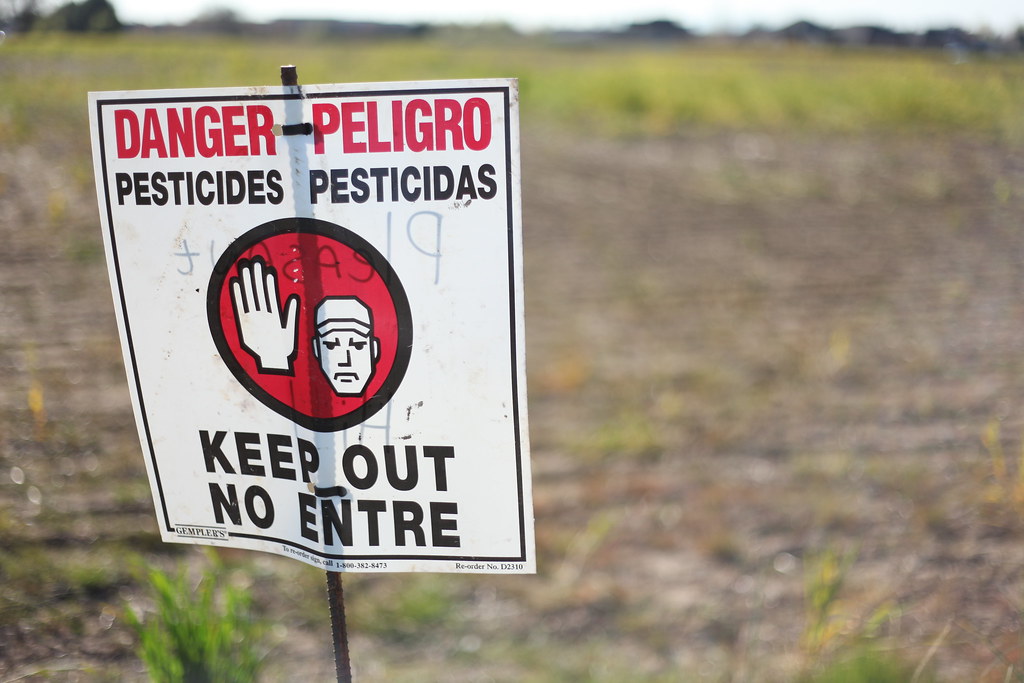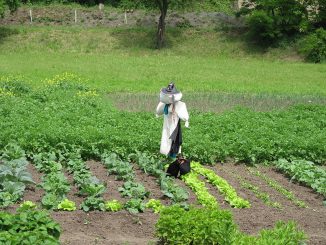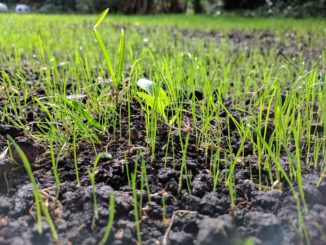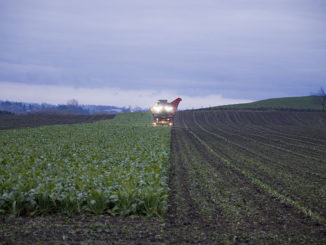
15 times more pesticide poisonings occur annually now than 30 years ago. About 385 million cases of acute unintentional pesticide poisoning occur each year, according to a new systematic review on global pesticide poisoning. This is up from 25 million annually in 1990, the last year such an estimate was made. Here Justice Pesticides outlines key findings of that review, as well as a study on pesticide contamination near intensively managed agricultural areas in South Tyrol, Italy. Originally published in Justice Pesticides’ March newsletter
A comprehensive study published Dec. 9, 2020, in the peer-reviewed journal BMC Public Health shows that pesticide poisonings on farms around the world have increased dramatically since the last global assessment 30 years ago. Based on an assessment of available data on poisonings in countries around the world, the researchers conclude that there are about 385 million cases of acute poisoning each year, up from an estimated 25 million cases in 1990. The paper, entitled “The global distribution of acute unintentional pesticide poisoning: Estimates based on a systematic review”, is the first such global estimate since 1990.
The authors of the new study, including Dr. Peter Clausing, Justice Pesticides’ board member, conducted a systematic review of the scientific literature published between 2006 and 2018 and selected a total of 157 articles, after evaluating more than 800 for eligibility, as well as data from the WHO database on causes of death, covering 141 countries. Most of the studies focused on occupational poisonings, particularly among farmers and agricultural workers.
The estimation of the number of unintentional non-fatal pesticide poisonings worldwide is significantly higher in this new study than in previous estimates. This is partly due to the current study covering more countries, but it is also because pesticide use has increased by 81% since 1990 (an estimated 4.1 million tons of pesticides were used globally in 2017).
The regions of the world that are most affected by pesticide poisoning are South Asia, Southeast Asia, and then East Africa. Between 1990 and 2018, Asia actually increased its consumption and use of pesticides by 95%, which largely explains this increase in poisonings.
Justice Pesticides director Peter Clausing also co-authored another scientific article published by Environmental Sciences Europe on January 6, 2021, about pesticide contamination of public spaces near intensively managed agricultural areas in South Tyrol (Alto Adige), Italy. This is the region of the municipality of Mals, whose mayor is fighting for a ban on pesticides and where the regional minister has filed a SLAPP (Strategic Lawsuit Against Public Participation) against antipesticide activists (see newsletter No. 1).
As a previous study showed that 45% of public playgrounds near intensively managed agricultural areas were contaminated in spring with pesticide residues, including active endocrine disruptors, this article looks at their potential contamination over the course of a year. Residue data were analyzed from 96 grass samples collected in spring, summer, autumn, and winter by the South Tyrolean Medical Service from 19 public playgrounds, four schoolyards, and one market place located in intensively managed agricultural landscapes.
32 pesticide residues and one preservative were detected. Nearly all sites (96%) were contaminated with at least one residue during the year, and more than one residue was found in 79% of the sites. Of the residues detected, 76% were classified as endocrine active substances. The number of residues, their concentrations, and the proportion of contaminated sites varied seasonally. Pesticide residues were detected even during periods of low or no pesticide use in the surrounding agricultural land (autumn, winter)
This study confirms previous findings of widespread pesticide contamination of public sites in intensively managed agricultural areas. It is worrying that many of the residues detected are endocrine active substances and that some of them are “suspected human carcinogens”, according to the European authorities. It emphasizes the need for more effective controls of pesticide applications in order to minimize pesticide drift in public places.
This article was originally published in Justice Pesticides‘ March newsletter, which is available in full here.




